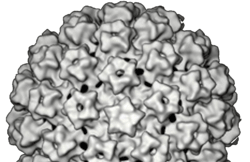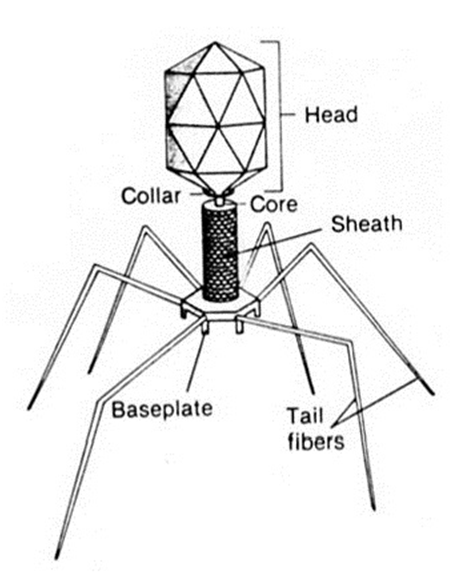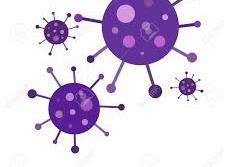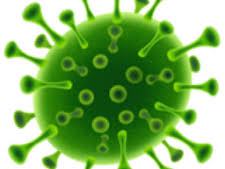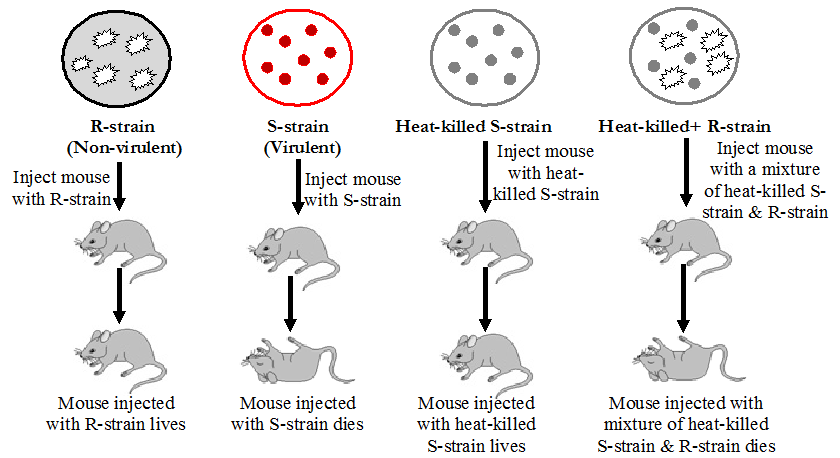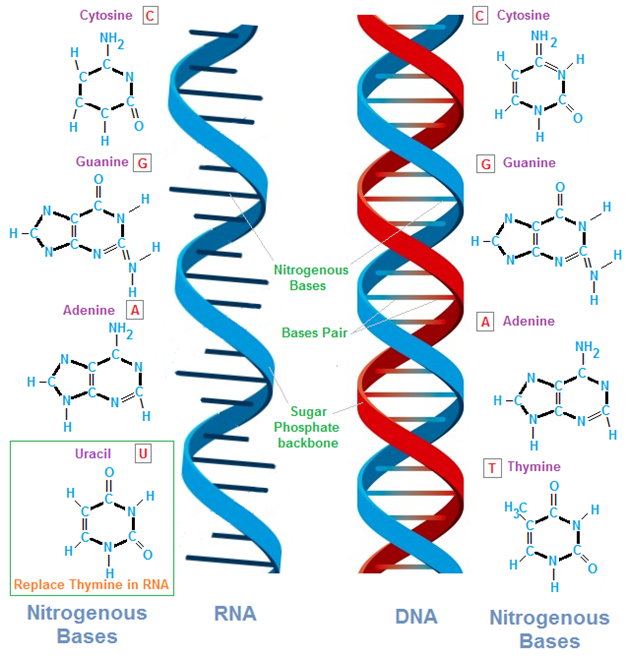DNA VIRUSES
DNA viruses have only the deoxyribonucleic acid (DNA) molecules as their nucleic acid; and the DNA can either be double-stranded or single-stranded as the case may be. The replication site of all DNA viruses is the nucleus of their host cell. Nevertheless, Poxviruses (which are also DNA viruses) replicate outside the nucleus of their host […]

